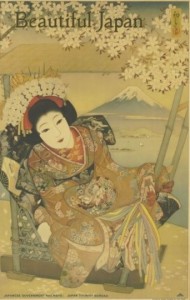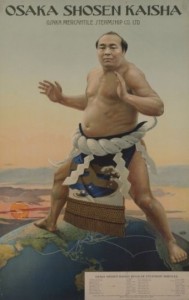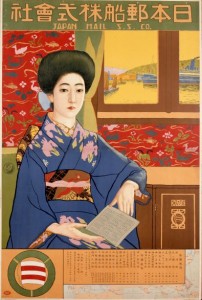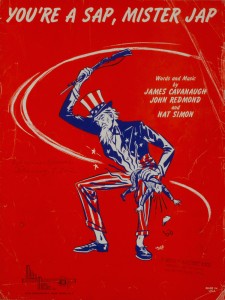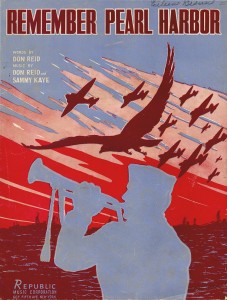You can now listen to recordings for 35 items in the Sheet Music and Wartime Propaganda (US, UK) galleries. The recordings were made earlier this year under the direction of Philip C. Carli (piano), with Soloists Isaac Wenger, Lulu Cossich, and Peter Doyle, and (Ensemble) Matthew Adrian, Isaac Assor, Alice Carli, Hannah Kurth, and Cody Muller. Recording Engineer David Dusman, Dusman Audio, Inc., provided the recordings, optimized for presentation here by Joshua Romphf, Digital Humanities Programmer at the Digital Humanities Center, University of Rochester. 46 songs in all were recorded, and the remaining songs will be made available as we receive them from Dusman Audio.
The earliest sheet music in the collection is The Mikado: Gems on Airs from Gilbert & Sullivan’s Opera (for piano and vocal), published in New York in 1885. This item was collected after the recording session earlier this year, so a recording is not available here, but more recording sessions are possible in the future. The Mikado: Gems on Airs was published the same year that the iconic comic opera by Arthur Sullivan and W.S. Gilbert opened at the Savoy Theatre in London, where it ran for 672 performances. It is difficult to rein in the vast Mikado universe, even within the Re-Envisioning Japan collection. You will find a sample of the ways in which the opera’s profile was amplified through marketing merchandise, for example, in the Advertisements & Shopping gallery. The opera’s origins coincided with the 1885-1887 Japanese Exhibition in Knightsbridge, and you can peruse postcards from the diverse “Japanese Villages” throughout time in the “Japan in America” section of the Postcards gallery. Examples of such imaginary Japans represented in the collection range from The Japanese Village at Revere Beach, Wonderland Amusement Park, Massachusetts [1906-1911] to the Japanese Village and Deer Park in Buena Park, California (1967-1975). The most recent addition to the collection that can be linked to The Mikado is the late 1950s LP The Coolest Mikado, performed by The Gilbert and Sullivan Jazz Ensemble. The Coolest Mikado is not to be confused with The Cool Mikado, a 1962 British musical directed by Michael Winner set in contemporary Japan (a sound stage) or, for that matter, The Hot Mikado, a 1930s musical theater adaptation with an African-American cast. Just incidentally, The Hot Mikado was preceded by a WPA Federal Theatre Project production, The Swing Mikado (1938), and has its own progeny, Hot Mikado (1986). As you can see, The Mikado‘s footprint looms large in the world of popular “representations” of Japan (in quotes here because representing Japan was not really part of Gilbert and Sullivan’s original plan). The University of Rochester has a significant collection of artifacts related to The Mikado, and items in Re-Envisioning Japan will augment this collection when stewardship of the REJ material collection transitions to the University’s Department of Rare Books, Special Collections, and Preservation.
The most recent sheet music in the collection (1941-1945) is located in the Wartime Propaganda (US, UK) gallery, and is referred to in a previous post.
